Finland has a very bleak culinary reputation, due to the lack of using spices. Finnish cuisine is known for its simplicity and emphasis on natural flavors. The Finnish diet was heavily influenced in history by our harsh climate and long winters, which limited the availability of fresh produce.
As a result, we relied on staples such as potatoes, rye bread, and fish, which are often prepared in simple ways that don't mask the natural flavors. Salt, sugar, and black pepper with some herbs were most commonly used spices. Finland was a poor country and spices were expensive and difficult to acquire. Most spices had to be imported from other parts of Europe or Asia.
Nowadays we do have fresh produce all year round and are also loving food from other cultures. Still, we love to make those traditional, bland Finnish dishes, since they are our cultural heritage from history. We do however use more spices nowadays; of course, it is up to the cook.
If you go to a Finnish restaurant, you still might notice that simplicity and natural flavors are enhanced. An important aspect of Finnish cuisine is foraging. This means we love to incorporate wild berries and mushrooms into traditional dishes. If you eat at a restaurant, you might find dishes with creamy chanterelle sauce, lingonberries, and cloudberries and with some pickled ingredients also.
It's worth mentioning that different people have different taste preferences, and for some people, Finnish food might seem bland, and to others, it is an experience.
I personally think it depends on how the food is presented. Much of the Finnish food is also bland in color, but if you present it well, like in a restaurant the taste experience is also better.
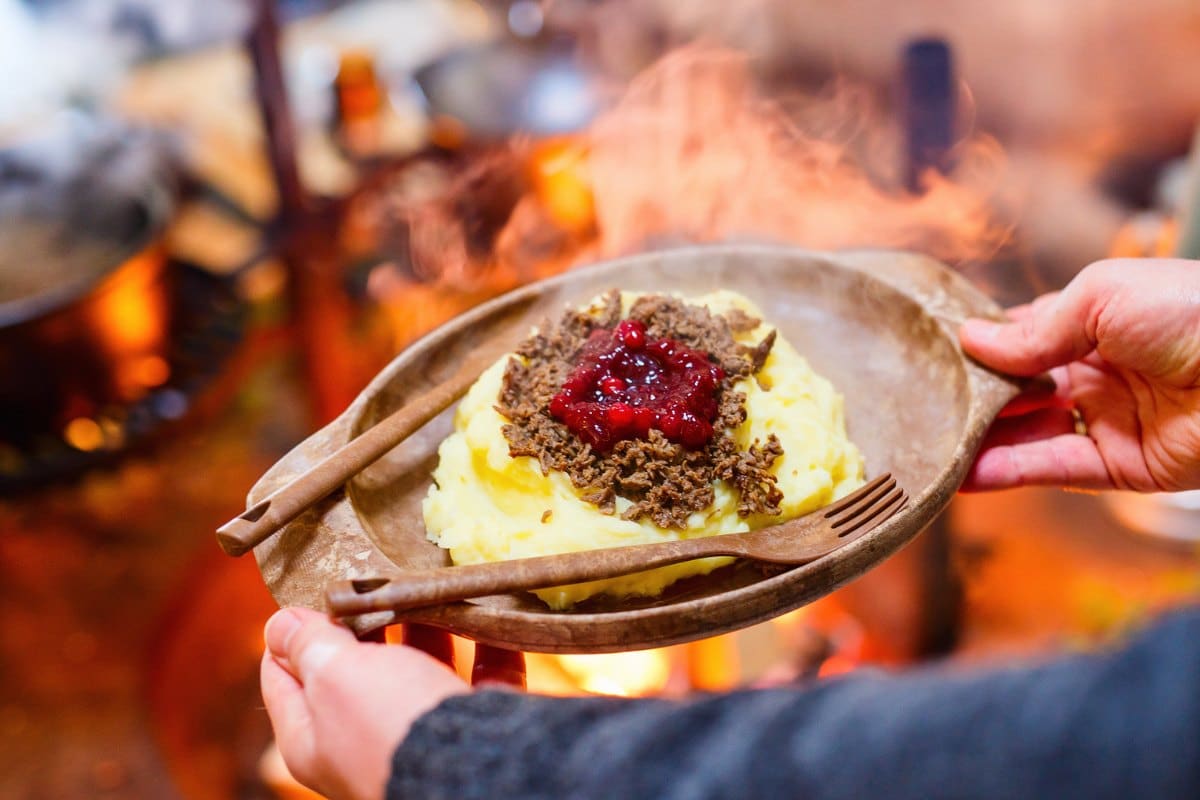
The most flavorless foods
- Boiled potatoes and lingonberry jam (perunamuusi): This is a traditional Finnish dish consisting of boiled potatoes mashed with butter and milk, and served with lingonberry jam on the side. Potato mash is served with something else like meatballs, game stew, or fried fish.
- Porridge (puuro): This is a traditional Finnish breakfast dish. Puuro is made from oats, barley or other grains, mixed with milk or water. Some people may find porridge to be too plain.
- Bread cheese-leipäjuusto. A favorite of some served with cloudberry jam, but the cheese itself is quite flavorless. The brown spots give it some flavor as well as the berry jam.
- Cottage cheese-kotijuusto. This is also a Finnish type of cheese that is very tasteless, but high in protein.
- Cabbage soup (kaalikeitto).Depending on how it is made, but this dish can be very flavorless.
One of my friends told a story about her nephew as a little boy coming to Finland from France where he lived. He was of course presented with a bowl of oat porridge in the morning but told that you simply cannot eat food that has this appearance. -this is true, porridge is not the most appealing gray mass of food, and the taste is also very bland.
If you are not a porridge person, but want to try it out, then start by making Finnish rice porridge, you might be surprized. I eat oatmeal porridge every morning, bland, but since I am so used to it it is very enjoyable.
Flavorless foods in close history
In the 60s many ate very plainly in Finland, one common food was boiled poatoes and brown sauce. Often you could not afford to have any meat with the dish. Boiled carrots could be additional or served as grated.
Many christmas casserols were served as dinners like carrot casserole and rutabaga casserole. New potatoes, butter and pickled herring was a summer favorite. Salad heaps like we eat nowadays were very uncommon to serve. Soups, casseroles and porridges were most common meals.
It's worth noting that there are also many Finnish dishes that are quite flavorful and hearty, such as Karelian stew, game stew, Finnish meatballs, smoked salmon and smoked ham which are usually served with some kind of sauce that enhance the flavors.
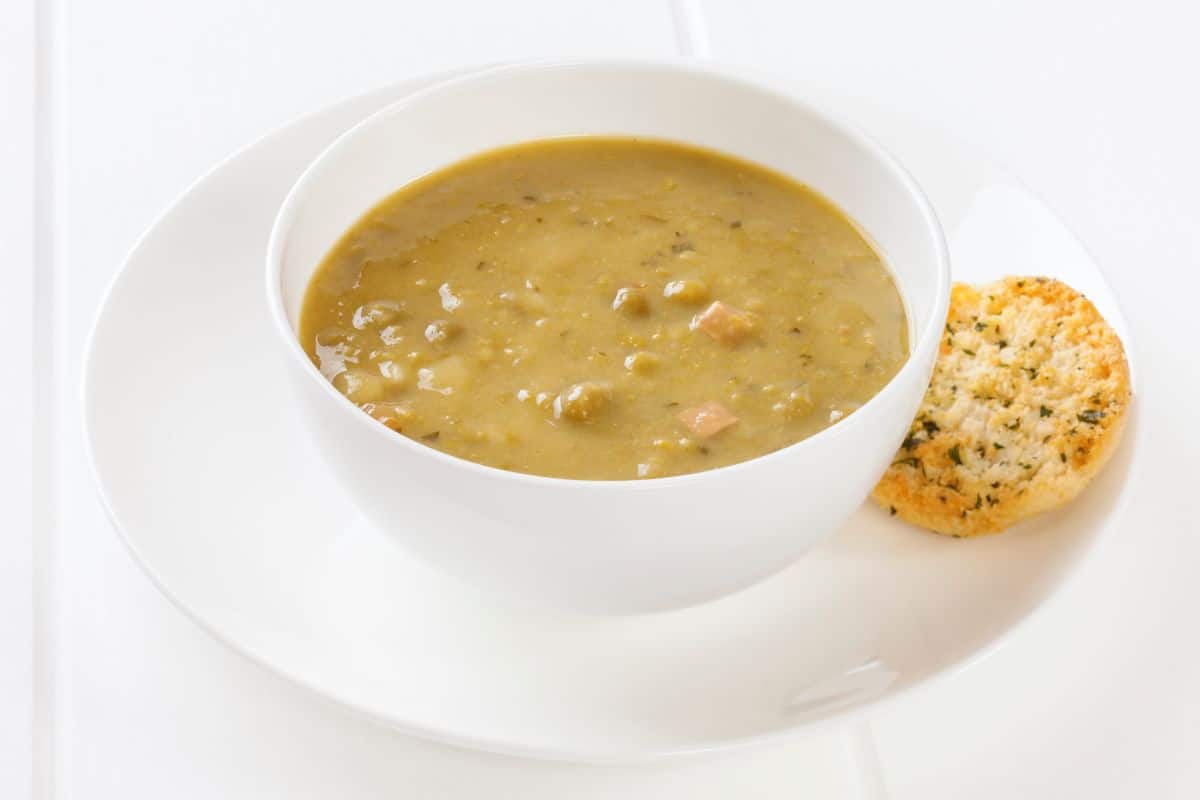
Disgusting Finnish foods
It's subjective to say which foods are "disgusting" because taste preferences can vary greatly from person to person. What one person might find unappetizing, another person might enjoy.
However, there are some traditional Finnish dishes that many people may find unappealing.
- Veriohukainen (blood pancakes) savory pancake with blood.
- Lipeäkala. Lye fish is air dried white fish cured in lye.
- Syltty-this is also called alatoopi or lihahyytelö. Meat jelly actually that you eat on sandwich.
- Muikkukukko-A whole baked type of bread pie filled with vendace(small fish) and pork loin.
- Maksalaatikko-rice and liver casserole.
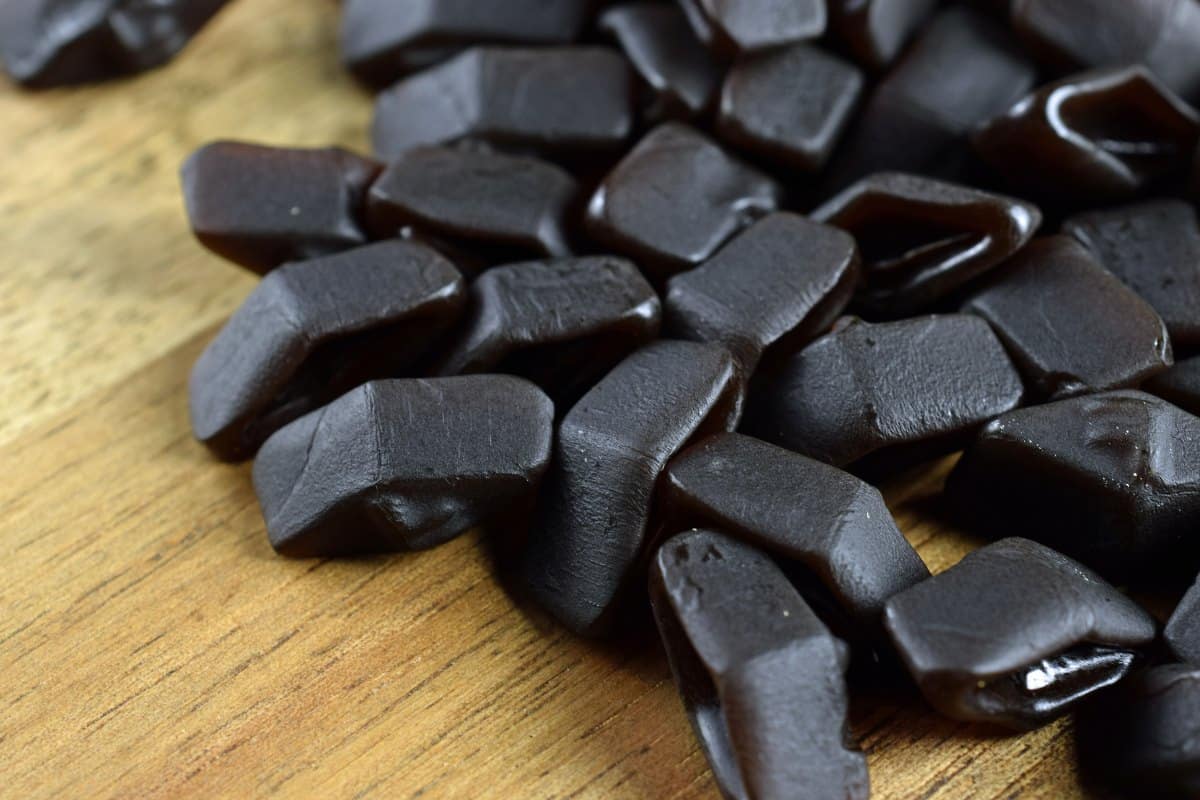
Weird Finnish foods
Here are some foods that people might wonder about. Either you love them, or then you hate them.
- Mämmi (rye pudding) A dark brown dessert baked from malted rye served with heavy cream. Usually eaten during Easter..
- Salmiakki. Strong black licorice candy
- Karelian pastries (karjalanpiirakka): a type of rye pastry filled with rice porridge. I love it , my husband hates them.
- Mignon egg. These chocolate eggs are sold during easter and have a a real egg shell covering the chocolate.
- Pea soup. Soup made from dried green peas and ham.
- Maksamakkara. Liver sausage that is soft spreadable on sandwich.
- Nokkoskeitto. Soup made from spring nettles. See here for recipe to nokkoskeitto
- Kesäkeitto. Summer soup. A milk based soup with fresh summer vegetables.
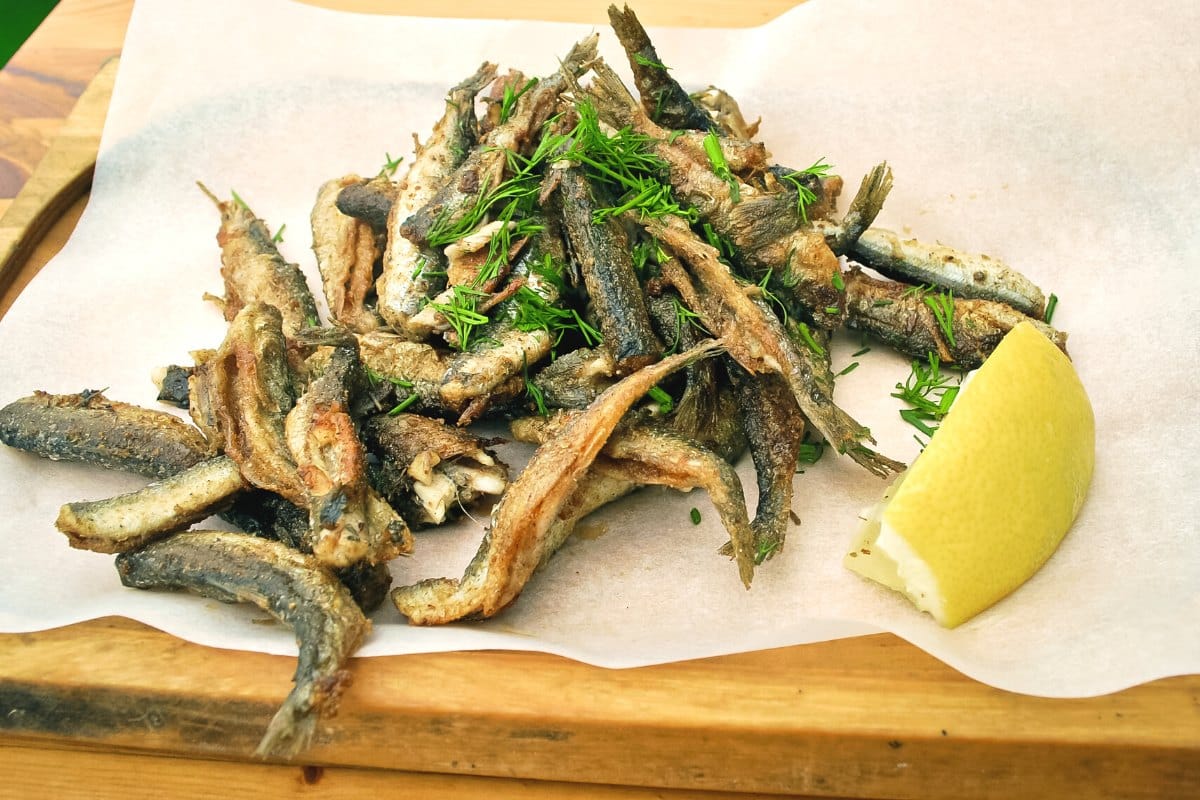
Common Finnish spices
Some traditional Finnish spices include:
- Allspice: is widely used in Finnish cuisine to add a warm and spicy flavor to meats, casseroles, and soups.
- White pepper: used to add a subtle, warm spiciness to dishes.
- Juniper berries: used to flavor meats and game.
- Mustard seed: used to make different types of mustards and in pickles.
- Dill: used to flavor fish and seafood dishes, as well as in pickling.
- Cloves: used to flavor in traditional Finnish Christmas gingerbread cookies, glöggs and other holiday treats.
Some Finnish dishes, like meatballs, are typically seasoned with a combination of allspice, white pepper and nutmeg, which gives a nice balance of savory, sweet and warm flavors. Also, the use of herbs, like parsley, chives and dill is common in many dishes.
A bit spice history
During the Middle Ages, spices were mostly used by the upper class and the Church, as they were considered luxury items. However, during the 17th and 18th century, as Finland became more integrated into the European trade network, spices began to become more widely available and more affordable. The increasing trade made some of the expensive ingredients more accessible to a larger population.
By the 19th century, with the development of trade, the importation of spices became more common and by the 20th century the availability of spices had increased greatly. This allowed Finnish people to experiment more with different flavors and to create a more diverse cuisine.
Traditional Finnish dishes to try
Delicious Finnish desserts and baked goods
- Finnish blueberry pie-mustikkapiirakka
- Finnish spice bundt cake-Maustekakku
- Finnish strawberry cake
- Finnish Spoon Cookies-Lusikkaleivät
- Raspberry caramel cake
- Laskiaispulla-Finnish Shrovetide buns
- Pannukakku-Finnish oven pancake
- Korvapuusti-Finnish cinnamon rolls
- Lettu-Finnish pancakes
- Finnish Strawberry soup-Mansikkakiisseli
- Stinging nettle pancakes
- Finnish Easter dessert with Mämmi


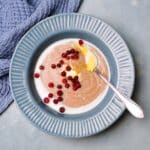
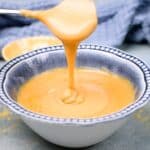
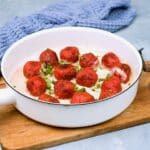
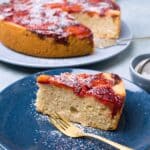
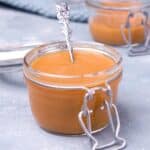
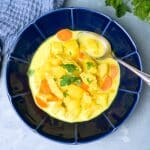
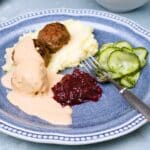

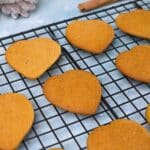
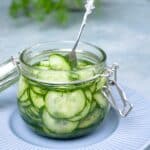
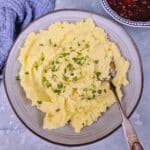
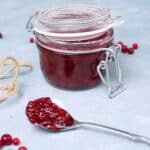


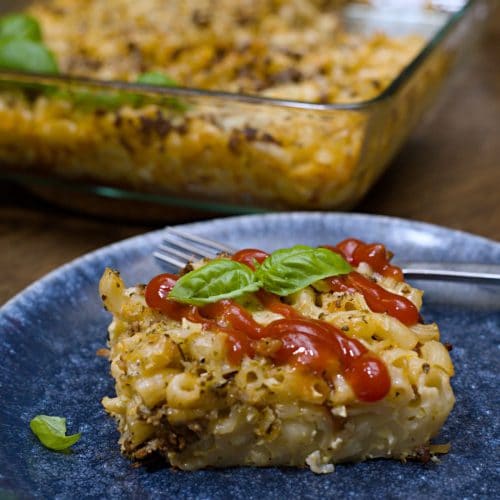
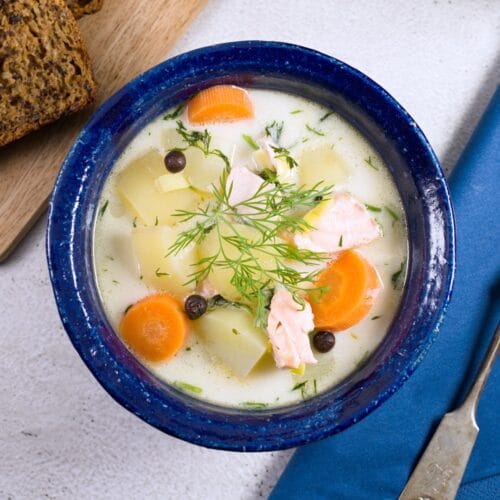
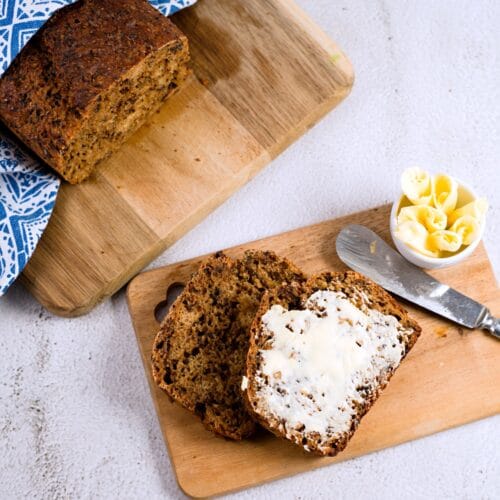
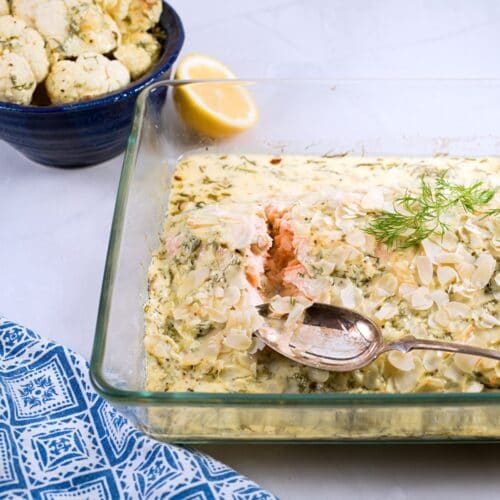
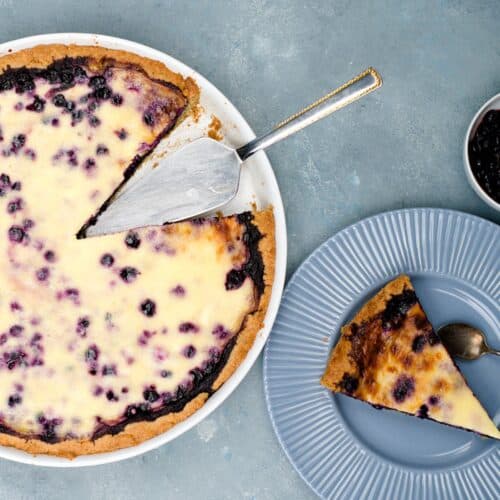
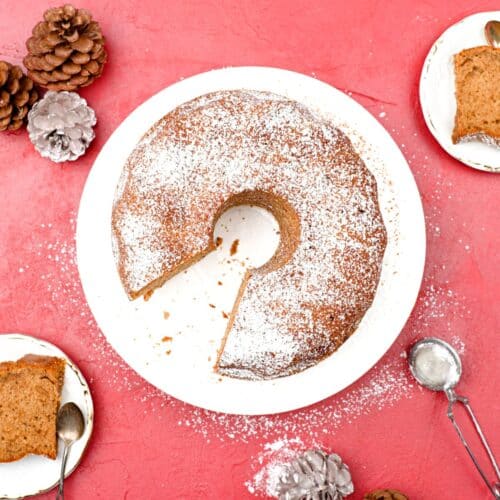
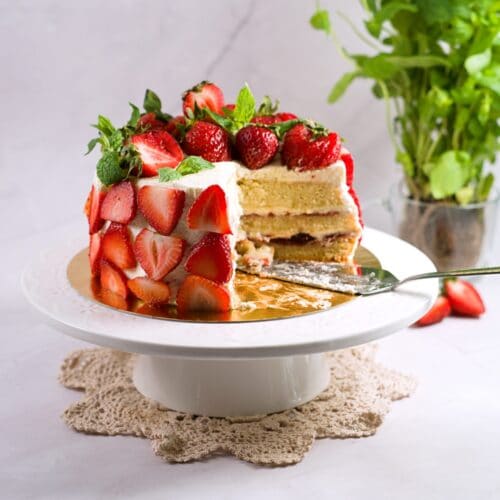
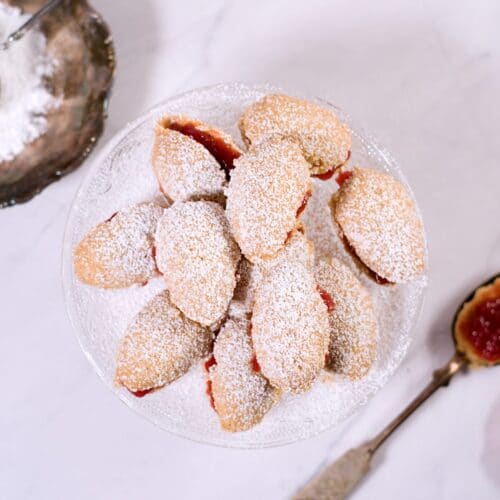

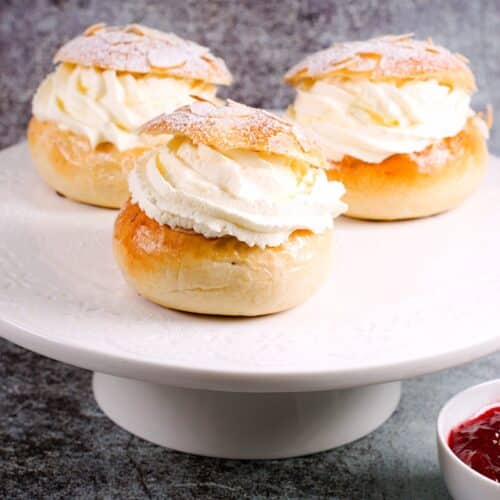
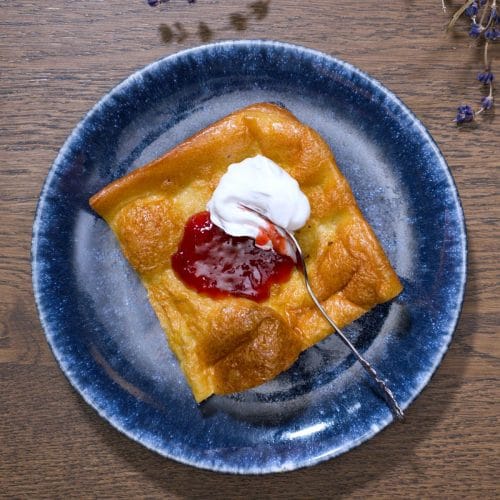
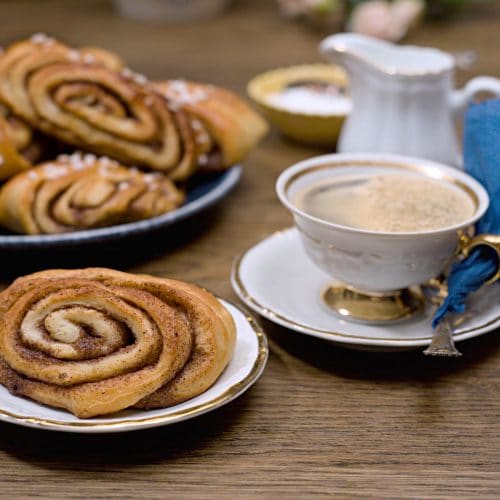
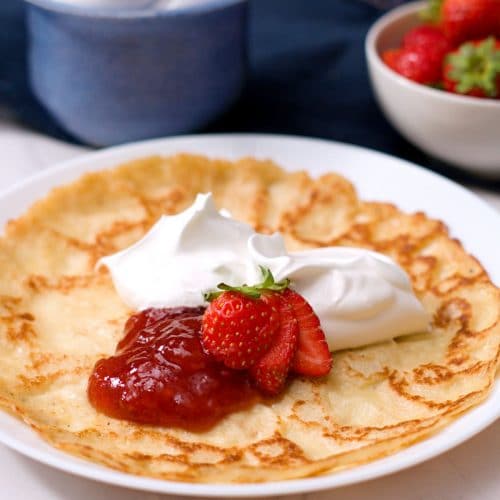
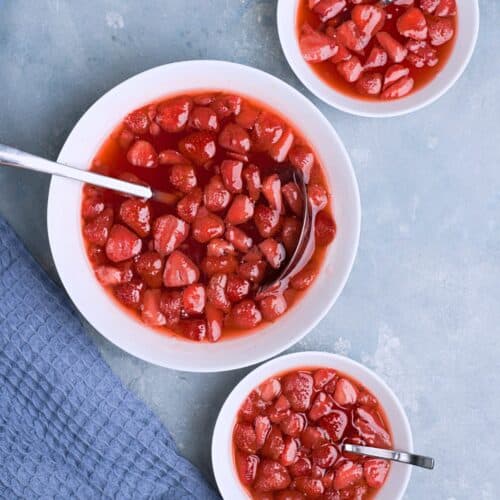
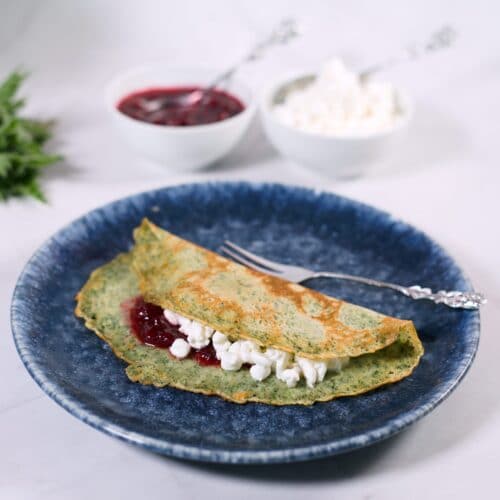




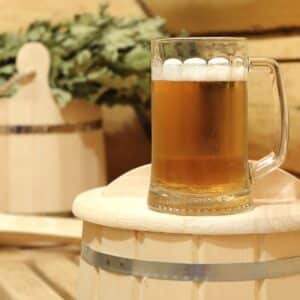
Leave a Reply